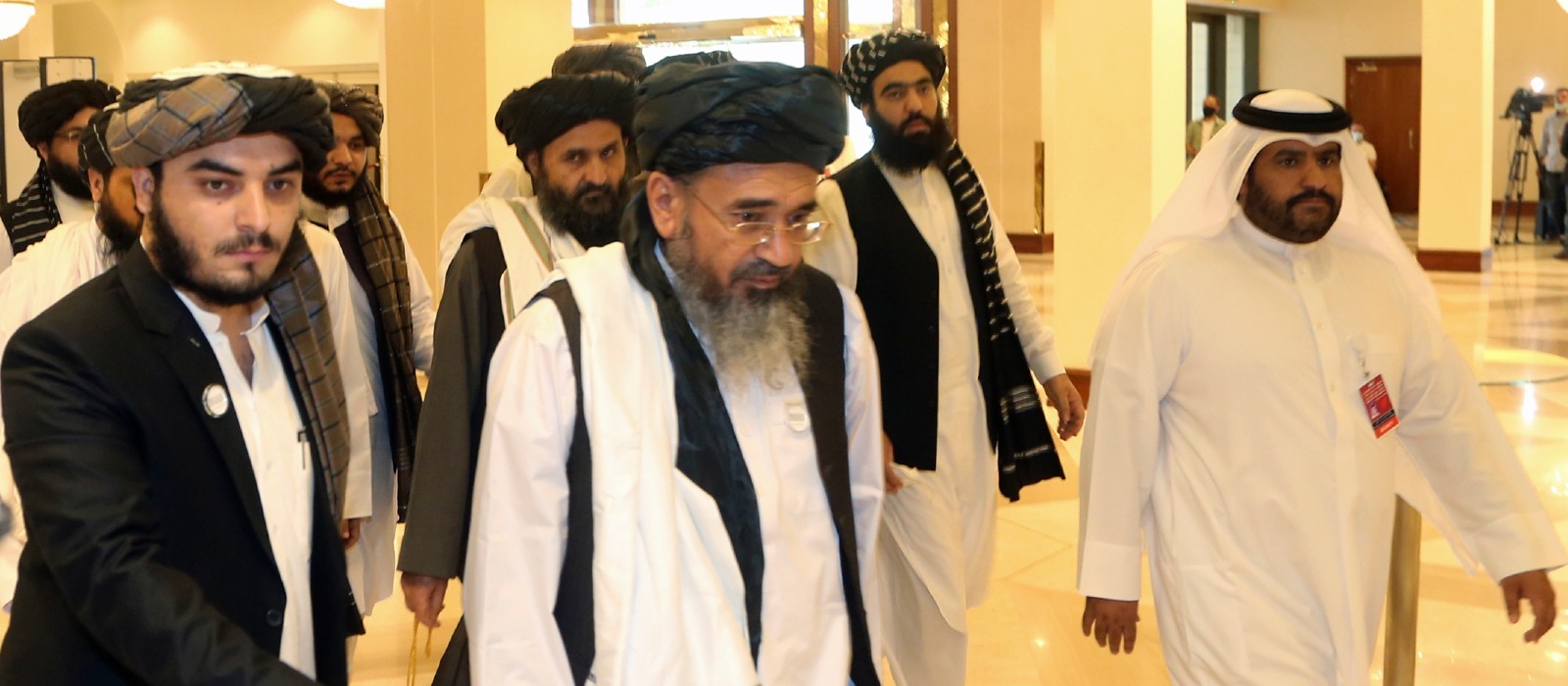Elham Gharji is an Afghan researcher and former president of Gawharshad University in Kabul, Afghanistan.
The Biden Administration has said to be reviewing the February 2020 US-Taliban agreement, indicating a delay in the complete withdrawal of US forces from Afghanistan. A United States’ congressionally-mandated Afghanistan Study Group has advised the Biden Administration to postpone troops’ withdrawal until circumstances with respect to the Taliban’s commitment to peace talks improve.[1] On the ground, Taliban violence has stayed steadily high, accompanied by target killings of civil society, government employees and media activists in the big cities across Afghanistan, creating an unprecedented climate of fear in the country. While the likely US and NATO engagement beyond the May 2021 deadline (as set in the Doha Agreement between the US and the Taliban) offers some assurances, fears of a state collapse similar to that of 1992, and consequently, backslide into civil war is mounting among the population and the observers alike.
The volatility of the situation is undeniably real and impossible to ignore. However, as serious as threats of state collapse and descent into civil war are, they are also preventable. A condition-based withdrawal of the US and NATO troops is a critical aspect of it. However, military engagement can only prolong the war and suffering in Afghanistan if not combined with intensified diplomatic effort, particularly among key regional players and the US. It is also likely to further complicate the regional security dynamics amid the existing opposition to the US’s long term military presence in Afghanistan.
This paper presents a discussion on the regional dynamics concerning peace in Afghanistan and a set of recommendations that could be beneficial in revitalising cooperative and constructive regional engagement to support a lasting peace in Afghanistan.
Download full paper Скачать на русском
The policy paper is produced as part of a project “Debating International Relations in Central Asia: Regional Developments and Extra-Regional Actors”. The project is led by Shairbek Dzhuraev and Eric McGlinchey with support of the Hollings Center for International Dialogue. The views expressed in this publication are those of the author and do not necessarily reflect the views of Crossroads Central Asia and/or the Hollings Center for International Dialogue.
All papers of the series:
-
- The April 2021 Kyrgyz-Tajik border dispute: historical and causal context
- The way forward for a regional diplomacy for peace in Afghanistan
- The effects of remittances in Central Asia
- Three decades of development aid in Tajikistan
- Kyrgyz post-Soviet foreign policy: a habit of dependency
- Does Russia have a strategy for Central Asia?
- Recipient, activist, protector: three modes of Tajikistan’s foreign policy
- Thirty years of Uzbekistan’s international relations: Quo Vadis?
- The limits of Washington’s staying power in Central Asia
- The cost of pragmatism of Kazakhstan’s foreign policy
- Tightening the belt? Challenges for China’s development-security nexus in Central Asia

